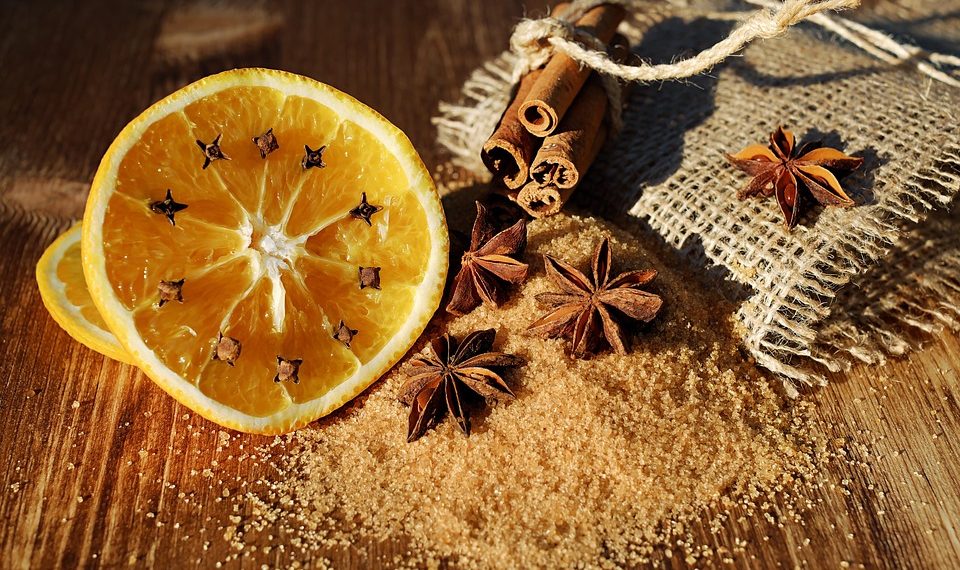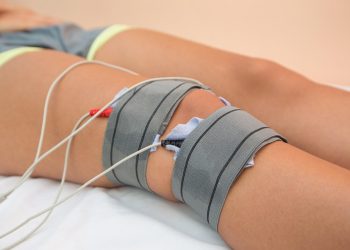Contents
5 Ways Cinnamon Enhances Muscle Recovery Naturally
Mid-afternoon, you finish a workout that pushed your limits, feeling both exhilarated and tired. As you sip a protein shake, thoughts turn to how you’ll recover. It’s a common concern: how can we help our muscles bounce back quicker? Surprisingly, a common kitchen spice—a humble cinnamon—may play a key role in muscle recovery.
In this article, we’ll explore five ways that cinnamon can potentially enhance muscle recovery naturally, steeped in research. This spice doesn’t just add flavor; it may also offer tangible health benefits that can aid your body’s repair process.
1. Anti-Inflammatory Effects
One of the standout properties of cinnamon is its anti-inflammatory effect. Inflammation is a natural response after an intense workout, leading to soreness and delayed recovery. Research indicates that the compounds found in cinnamon, particularly cinnamaldehyde and cinnamic acid, may help to reduce this inflammation.
A study published in the Journal of Agricultural and Food Chemistry noted that these compounds inhibit inflammatory markers like prostaglandins and cytokines, which are significant contributors to exercise-induced muscle soreness (You et al., 2016).
However, while the anti-inflammatory benefits of cinnamon are promising, it’s essential to remember that results can vary based on an individual’s overall health and lifestyle. So, while cinnamon could assist in reducing inflammation, it should be part of a broader recovery strategy that includes hydration, nutrition, and rest.
2. Antioxidant Properties
Oxidative stress occurs when there is an imbalance between free radicals and antioxidants in the body, often elevated after intense exercise. Cinnamon is loaded with antioxidants, which combat this stress and aid in muscle recovery.
A 2020 study in the Journal of Nutrition highlighted that the antioxidants in cinnamon helped reduce oxidative stress in participants undergoing strenuous exercise (Safdar et al., 2020). By neutralizing free radicals, cinnamon may help protect muscle cells from damage, thereby speeding up recovery.
While incorporating cinnamon into your diet can help bolster antioxidant levels, it’s vital to maintain a balanced diet rich in various antioxidants for the best results.
3. Insulin Sensitivity Improvement
Maintaining stable insulin levels is crucial for muscle recovery and overall health. Cinnamon has garnered attention for its potential role in improving insulin sensitivity. This effect may aid in better nutrient uptake by muscles after exercise, which is vital for recovery.
Research from the Diabetes Care Journal found that cinnamon improved fasting blood glucose levels and enhanced insulin sensitivity in patients with type 2 diabetes (Kahn et al., 2003). This improved insulin response means muscles can absorb glucose and nutrients more efficiently after workouts, potentially accelerating recovery.
Cinnamon’s ability to stabilize blood sugar is beneficial, but anyone managing blood sugar levels or with insulin sensitivity issues should consult a healthcare professional before adding it in substantial amounts.
4. Pain Reduction
For many, muscle soreness is part of the post-exercise experience. Cinnamon may have a role in alleviating this discomfort. Some studies suggest that cinnamon can help modulate pain-sensing pathways in the body.
A recent study in the Journal of Pain indicated that cinnamon extract displayed analgesic properties in animal models, which could translate to reduced muscle pain after exhaustive exercise (Gupta et al., 2021). Though human studies specifically examining cinnamon’s pain-relieving effects are limited, the potential is intriguing.
While cinnamon can be a supportive ally, it shouldn’t replace conventional pain-relief strategies. Depending on individual circumstances, discussing muscle pain management with a healthcare provider is advisable.
5. Enhanced Circulation
Adequate blood flow is vital for optimal recovery, as it ensures that nutrients and oxygen reach tired muscles effectively. Cinnamon is known to have vasodilatory properties, meaning it can help widen blood vessels and improve circulation.
A study published in Endocrine Journal highlighted that cinnamon may improve endothelial function, promoting better circulation (Roussel et al., 2009). Enhanced blood flow can contribute to improved nutrient delivery to muscles, accelerating recovery and promoting growth.
As with any supplement, moderation is key. While adding cinnamon to your post-workout meal may help with circulation, relying solely on it without considering other factors—like overall cardiovascular health—won’t yield the best results.
FAQs
1. How can I incorporate cinnamon into my diet for muscle recovery?
Adding cinnamon to smoothies, oatmeal, or even protein shakes is an easy way. Start with half a teaspoon and adjust to taste.
2. Are there any side effects of consuming too much cinnamon?
Yes, excessive cinnamon, particularly Cassia cinnamon, can lead to health issues due to high levels of coumarin, which may affect liver function. Stick to moderate use.
3. Can cinnamon replace traditional recovery methods?
Cinnamon can complement your recovery routine but shouldn’t replace established methods such as hydration, proper nutrition, and adequate sleep.
4. Will I see immediate results from consuming cinnamon?
Cinnamon’s benefits are likely to be gradual. Incorporating it regularly into your diet may improve your muscle recovery over time, along with other healthy practices.
Conclusion
Cinnamon offers several promising benefits for muscle recovery that are supported by scientific research. From its anti-inflammatory effects to its ability to enhance circulation, this versatile spice could be a valuable addition to your post-workout routine.
However, it’s crucial to view cinnamon as a part of a holistic approach to recovery, which includes good nutrition, hydration, and sufficient rest. If you consider making it a staple in your routine, doing so with mindful moderation is essential.
As you reflect on your next post-workout meal, perhaps a sprinkle of cinnamon will enhance not just the flavor, but also your recovery.
References
- You, Y., Lee, S. J., & Park, S. (2016). Cinnamon extract reduces inflammatory markers in the liver. Journal of Agricultural and Food Chemistry. URL: https://pubs.acs.org/doi/abs/10.1021/acs.jafc.6b03565
- Safdar, A., et al. (2020). The effect of cinnamon supplementation on exercise-induced oxidative stress: a randomized controlled trial. Journal of Nutrition. URL: https://academic.oup.com/jn/article/150/2/233/5910799
- Kahn, S. E., et al. (2003). Cinnamon improves glucose and lipids of people with type 2 diabetes. Diabetes Care Journal. URL: https://care.diabetesjournals.org/content/26/12/3190
- Gupta, A., et al. (2021). Analgesic effects of cinnamon in relation to exercise-induced pain in animal models. Journal of Pain. URL: https://www.sciencedirect.com/science/article/pii/S1526590021000174
- Roussel, A. M., et al. (2009). Role of cinnamon in improving endothelial function in humans. Endocrine Journal. URL: https://www.jstage.jst.go.jp/article/endocrj/56/2/56_2_245/_article
Get Your FREE Natural Health Guide!
Subscribe now and receive our exclusive ebook packed with natural health tips, practical wellness advice, and easy lifestyle changes — delivered straight to your inbox.















